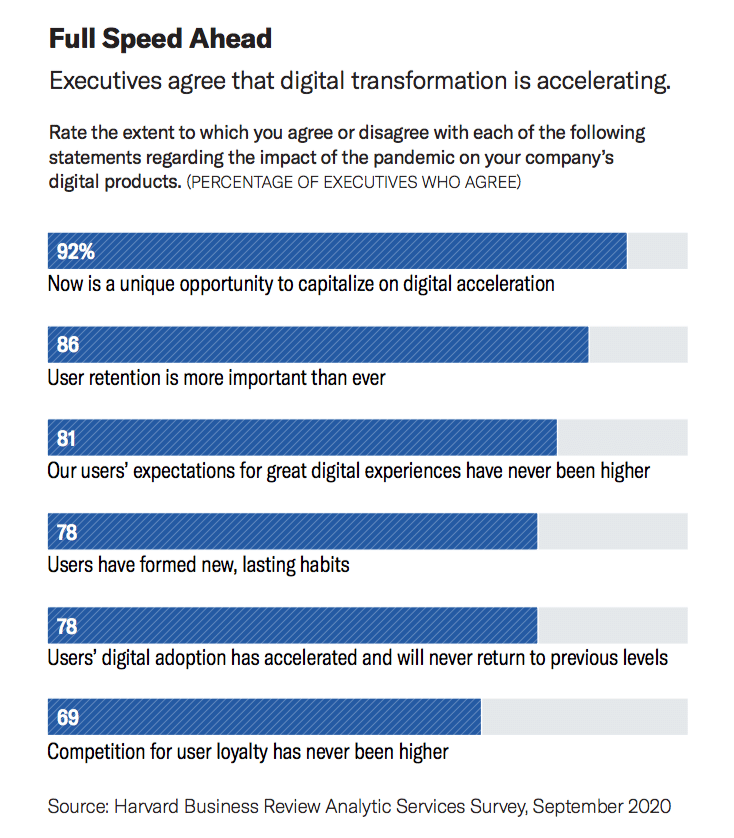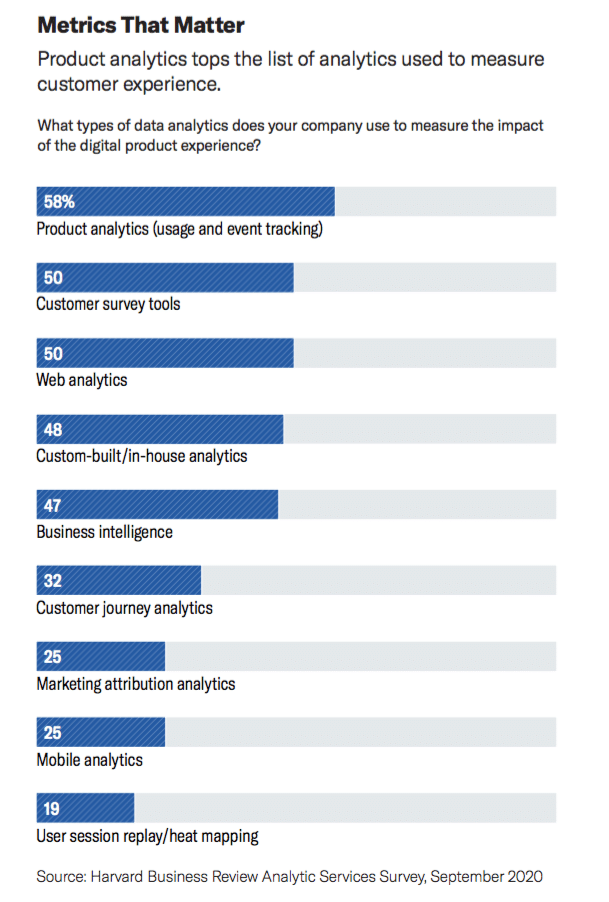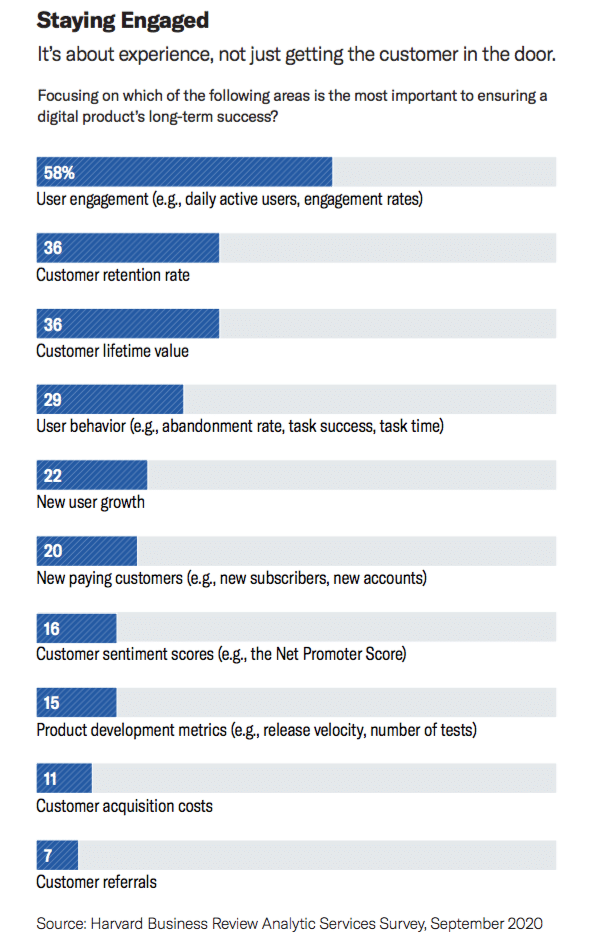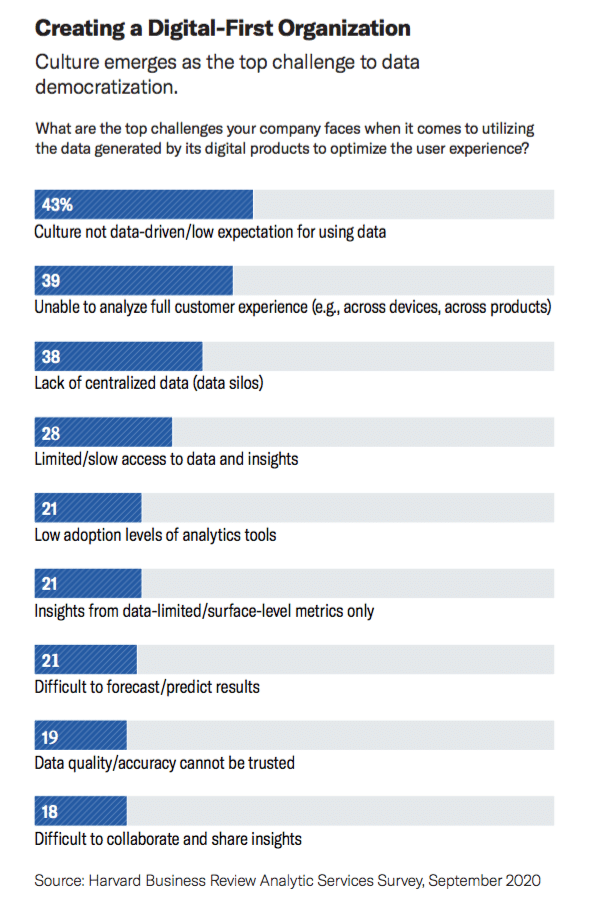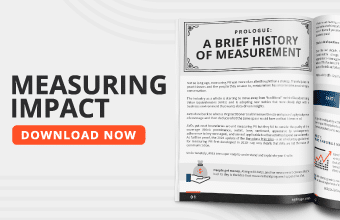The new digital-first era has brought about a shift in how business leaders are measuring the impact of digital experiences, with legacy measurement sources including web analytics, marketing attribution analytics, business intelligence tools and surveys taking a back seat to a new leading metric, reveals new research from digital business operating system Amplitude.
The firm’s newly released sponsored research conducted by Harvard Business Review Analytic Services reveals product analytics is the number one measurement for digital customer experiences. The new report, Making the Leap to a Digital-First Enterprise, uncovered five new pillars critical to laying the foundation for digital business success in the new digital-first era, including:
The digital-first era is here to stay
More than three quarters of executives surveyed (78 percent) said digital adoption has accelerated and will never return to previous levels, with customers having formed new and lasting digital habits. Ninety-two percent said now is a unique opportunity to capitalize on digital acceleration.
Digital product is the epicenter of the digital business
Fifty-eight percent of executives cited a focus on user engagement as the number one indicator of a digital product’s long-term success. This highlights the shift from measuring how to “get the customer in the door,” with metrics such as ad clicks and website traffic, to measuring how customers are realizing value within the digital product as the new benchmark for digital success.
Net Promoter Score is fading in relevance
Net Promoter Score (NPS) used to be the holy grail of measuring customer sentiment and loyalty. Now, only 16 percent of executives see customer sentiment scores such as NPS as important to a digital product’s long-term success, highlighting a key shift from measuring after-the-fact customer sentiment to real-time user engagement within the digital product experience as the critical digital success factor.
Data culture is a differentiator
Forty-three percent of executives cited the lack of a data-driven culture as the top challenge to making the leap to a digital-first business. Nearly 40 percent of executives also cited the inability to analyze their customers’ full experience across devices and products, and a lack of centralized data, as key challenges.
Expectations are high and the competition relentless
Eighty-one percent of executives believe user expectations for great digital experiences have never been higher, and 69 percent said competition for customer loyalty has never been more fierce, highlighting the urgency and criticality for all digital businesses to rethink how they deliver customer value in the new era.
“We are living through a digital-product revenue revolution, centered around using digital products to completely redesign the value we create for customers,” said Jian Wei Hoh, head of business design at Ford Motor Company, in the report. “Everything that people do has a digital experience aspect to it. Digital products help us get closer to the customer by seamlessly integrating into their digital centric customer journeys.”
“There are now two types of companies emerging faster than ever—digital disruptors and those being digitally disrupted,” said Jennifer Johnson, chief marketing and strategy officer at Amplitude, in the release. “To survive in this new digital-first era, companies need a fundamentally new approach to understanding digital customer behavior, predicting which behaviors translate to business outcomes and adapting digital experiences to maximize business outcomes. You cannot get this visibility through ad clicks and web traffic. The new digital business metric to unlocking growth is measuring where value is created and exchanged—in the digital product. Measuring digital success through this lens needs to be at the core of every digital business.”
Read Amplitude’s blog post here. Download the full report here.
Amplitude customers Ford Motor Company, Care.com, and Match were interviewed by Harvard Business Review Analytic Services for the report, which included insights from 295 global business executives at companies ranging in size from hundreds to tens of thousands of employees, across a variety of key industries.


